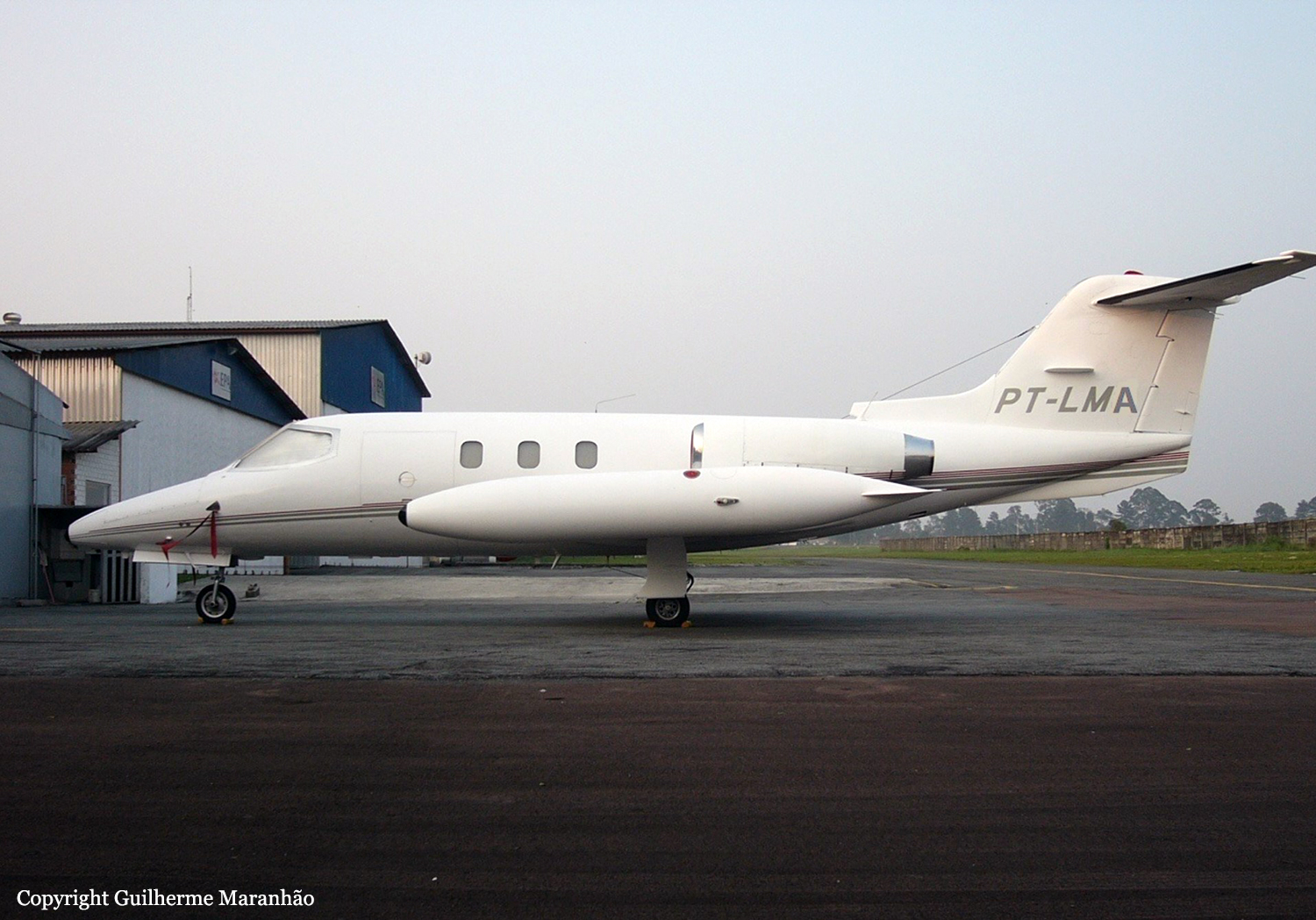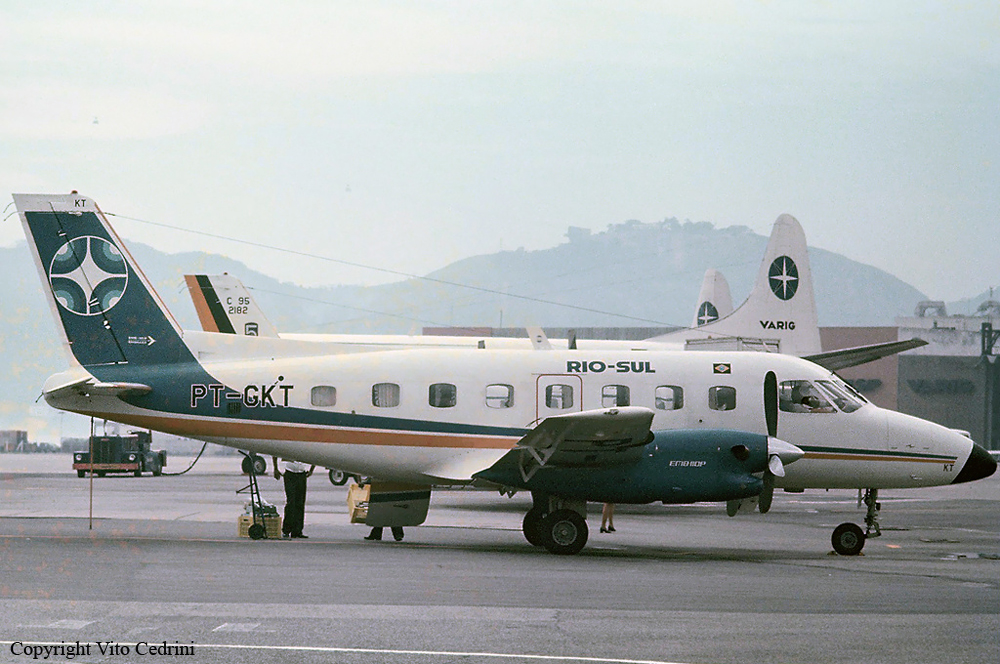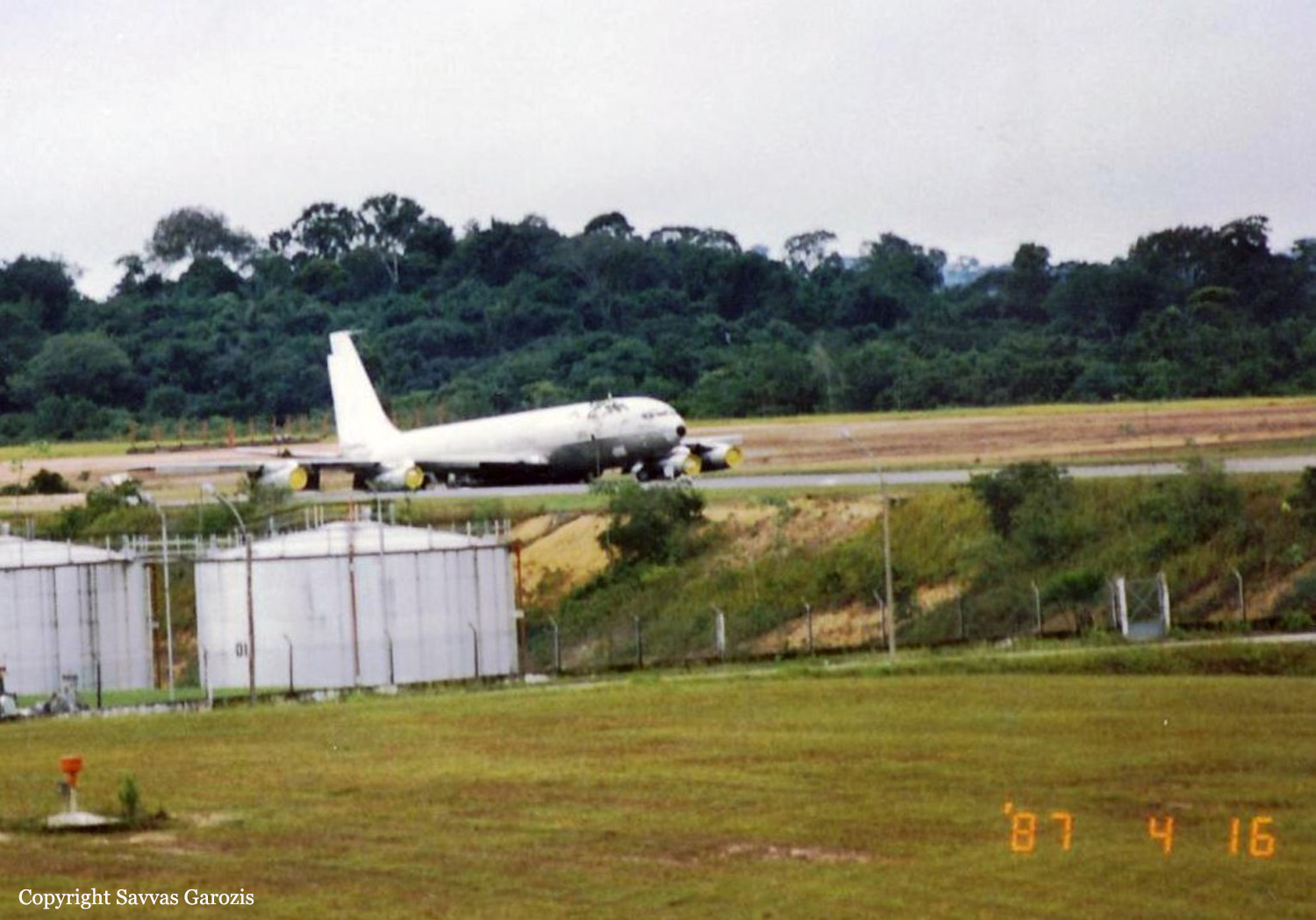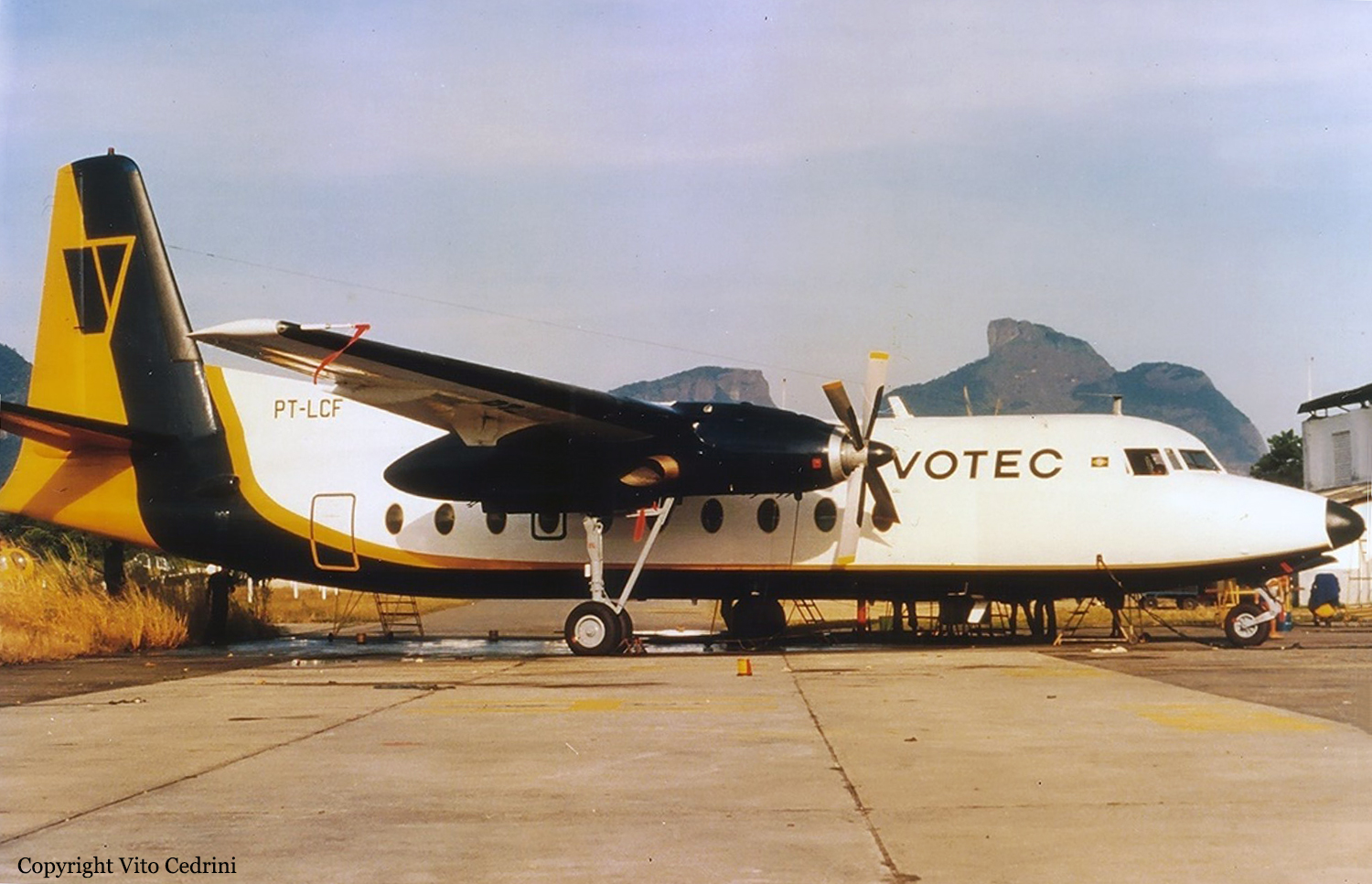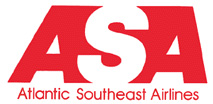Crash of a Learjet 24F in Macaé: 2 killed
Date & Time:
Feb 24, 1988
Registration:
PT-LMA
Survivors:
Yes
Schedule:
Rio de Contas – Macaé
MSN:
24-353
YOM:
1977
Crew on board:
4
Crew fatalities:
Pax on board:
2
Pax fatalities:
Other fatalities:
Total fatalities:
2
Circumstances:
On final approach to Macaé Airport, both engines lost power simultaneously. The aircraft stalled and crashed few hundred meters short of runway. Both pilots were killed while four other occupants were injured.
